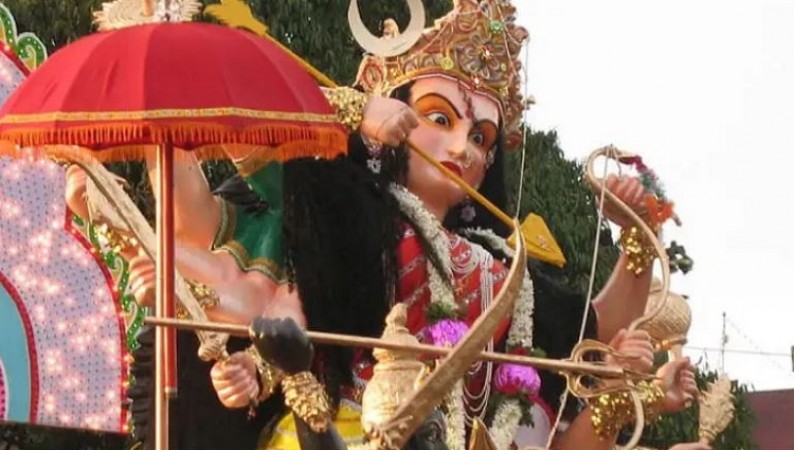
Dussehra, also known as Vijayadashami, is a significant Hindu festival celebrated with great enthusiasm and fervor in India and among Indian communities around the world. This vibrant festival marks the victory of good over evil and is a time for families to come together to participate in various rituals, traditions, and indulge in delicious culinary delights. In this article, we will explore the cultural and religious significance of Dussehra, delve into the various traditions and rituals associated with it, and share some mouthwatering recipes that are enjoyed during this auspicious time.
The Significance of Dussehra:
Dussehra falls on the tenth day of Navaratri, a nine-night festival dedicated to the goddess Durga. It symbolizes the triumph of Lord Rama over the demon king Ravana, as described in the epic Ramayana. The word "Dussehra" is derived from "Dasha Hara," which means the removal of ten heads, signifying the defeat and destruction of Ravana. It is a reminder of the ultimate victory of good over evil.
Traditions and Rituals:
Ram Lila: One of the most iconic traditions during Dussehra is the enactment of the Ram Lila, a dramatic reenactment of Lord Rama's life and his battle with Ravana. This tradition is celebrated with great pomp and show in various parts of India, with people donning elaborate costumes and attending open-air theaters to watch these performances.
Durga Puja: In some regions, Dussehra coincides with the culmination of Durga Puja, a festival dedicated to the goddess Durga. Elaborate idols of the goddess are worshipped, and processions are taken out to immerse the idols in water bodies. This symbolizes the goddess's return to her celestial abode.
Vijayadashami Puja: On Dussehra, families perform a special puja (prayer ceremony) to seek the blessings of the goddess Durga and Lord Rama. They also seek the blessings of elders and exchange gifts and sweets as a gesture of goodwill.
Ravana Dahan: In many parts of India, effigies of Ravana, his brother Kumbhakarna, and son Meghnad are burnt in grand processions. This tradition symbolizes the destruction of evil forces.
Festive Delights:
No Indian festival is complete without an array of mouthwatering dishes. Dussehra is no exception, and it offers a chance to savor some delectable treats.
Navratri Thali: During the nine nights leading up to Dussehra, people observe fasts and consume special dishes that are prepared without onion and garlic. This "vrat" or fasting food includes dishes like Sabudana Khichdi, Singhare ke Aloo, and Kuttu Ki Puri.
Sweets Galore: Dussehra is the perfect time to indulge in an assortment of Indian sweets, such as Jalebi, Gulab Jamun, and Rasmalai. These desserts are shared with family and friends to spread joy and happiness.
Sundal: In South India, a special dish called "Sundal" is prepared. It is made from steamed lentils or legumes, sautéed with coconut and a mix of spices. Sundal is a healthy and delicious snack enjoyed during this festival.
Festive Drinks: To quench your thirst, you can enjoy refreshing beverages like "Thandai" or "Buttermilk" which are flavored with spices and nuts, providing a unique taste experience.
Dussehra is a celebration of the triumph of good over evil, a time for family gatherings, prayer, and feasting. The traditions and rituals associated with this festival bring communities closer, fostering a sense of unity and belonging. The delectable dishes served during Dussehra add to the festive spirit, making it a delightful and memorable time of the year. So, this Dussehra, savor the traditions, relish the flavors, and celebrate the victory of light over darkness.